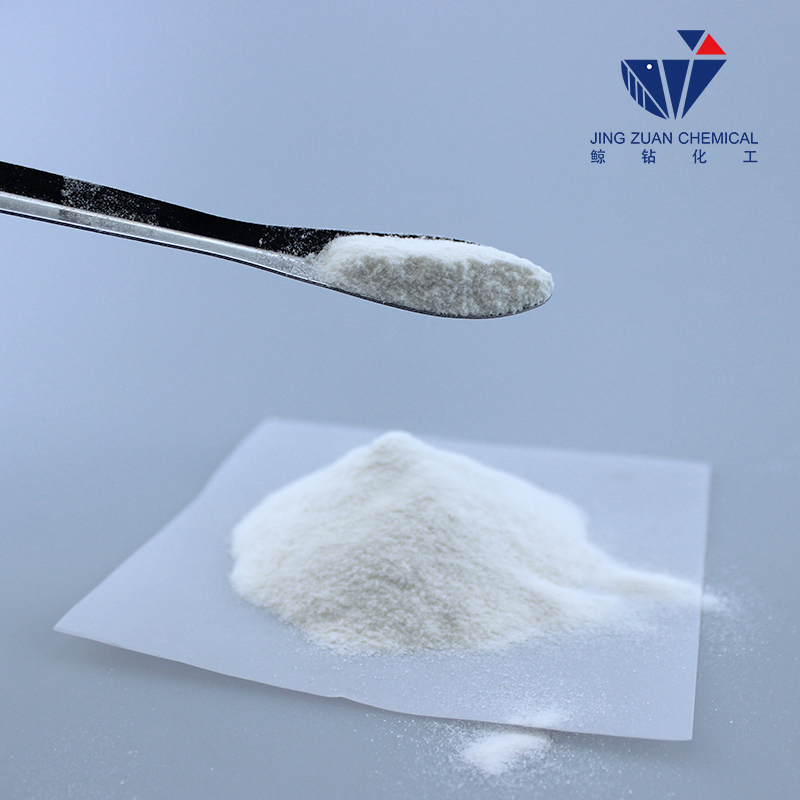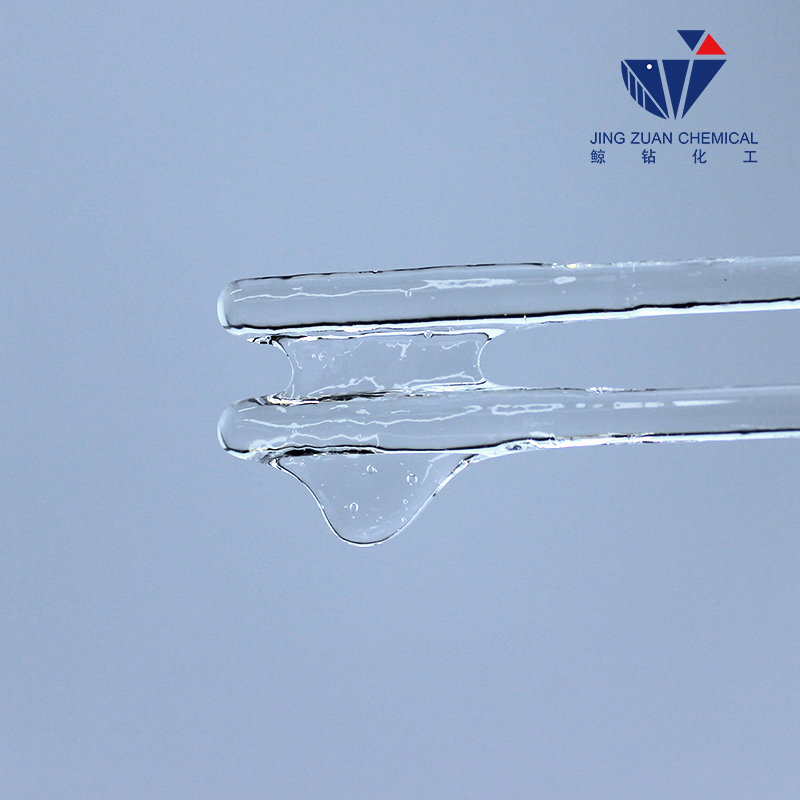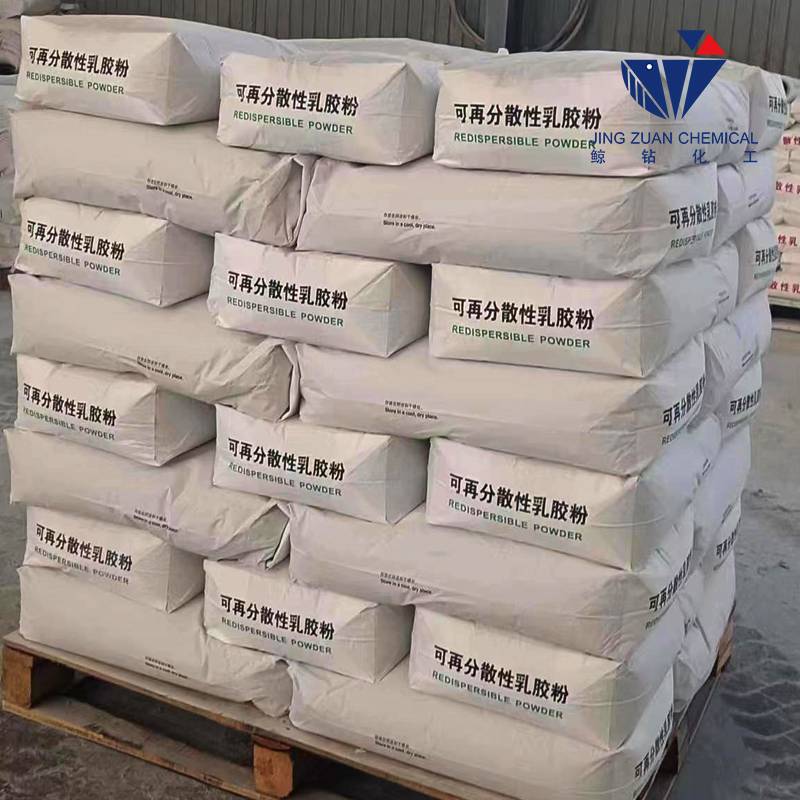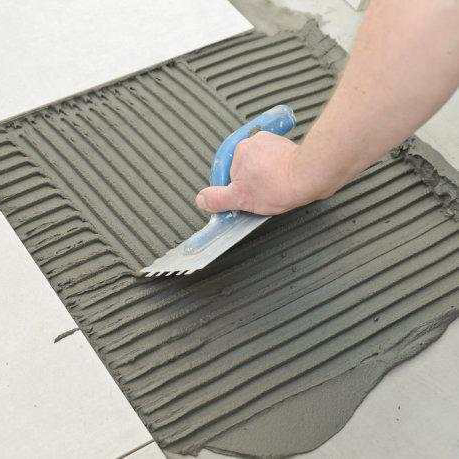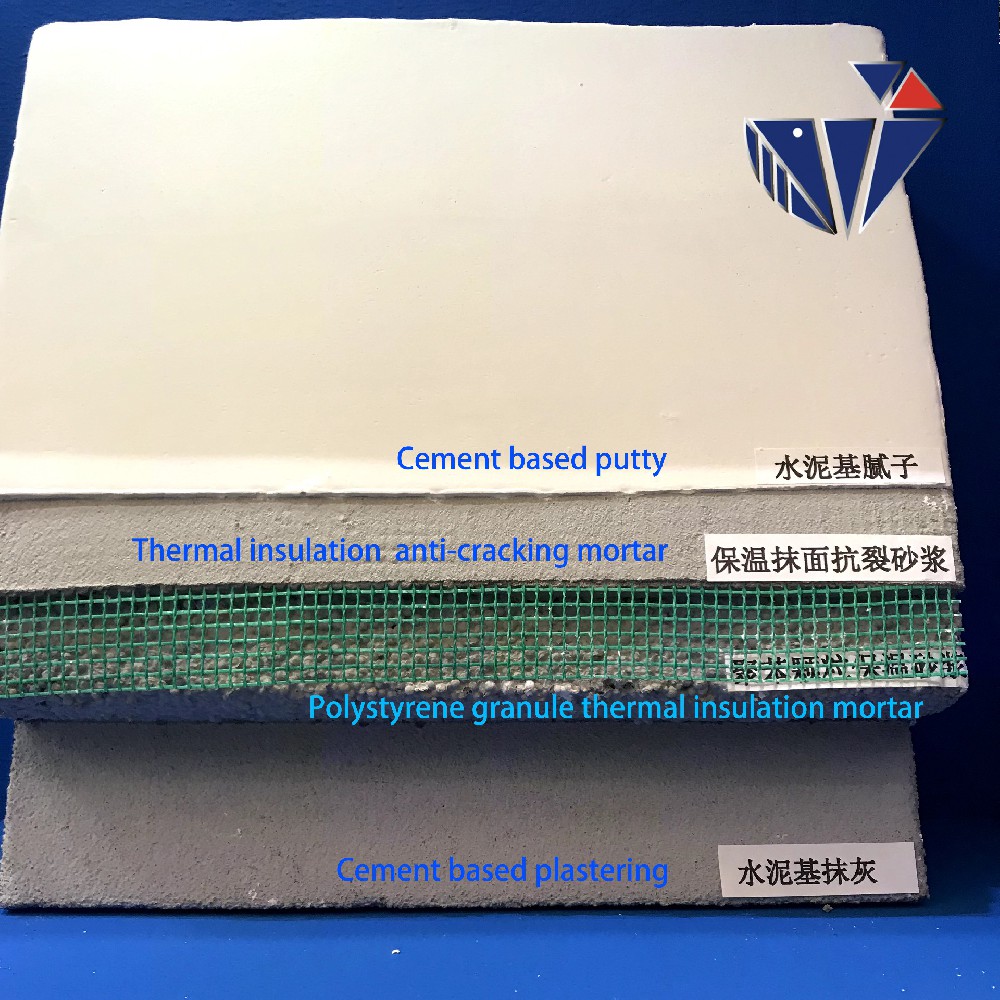- Afrikaans
- Albanian
- Amharic
- Arabic
- Armenian
- Azerbaijani
- Basque
- Belarusian
- Bengali
- Bosnian
- Bulgarian
- Catalan
- Cebuano
- Corsican
- Croatian
- Czech
- Danish
- Dutch
- Inggeris
- Esperanto
- Estonian
- Finnish
- French
- Frisian
- Galician
- Georgian
- German
- Greek
- Gujarati
- Haitian Creole
- hausa
- hawaiian
- Hebrew
- Hindi
- Miao
- Hungarian
- Icelandic
- igbo
- Indonesian
- irish
- Italian
- Japanese
- Javanese
- Kannada
- kazakh
- Khmer
- Rwandese
- Korean
- Kurdish
- Kyrgyz
- Lao
- Latin
- Latvian
- Lithuanian
- Luxembourgish
- Macedonian
- Malgashi
- Malay
- Malayalam
- Maltese
- Maori
- Marathi
- Mongolian
- Myanmar
- Nepali
- Norwegian
- Norwegian
- Occitan
- Pashto
- Persian
- Polish
- Portuguese
- Punjabi
- Romanian
- Russian
- Samoan
- Scottish Gaelic
- Serbian
- Sesotho
- Shona
- Sindhi
- Sinhala
- Slovak
- Slovenian
- Somali
- Spanish
- Sundanese
- Swahili
- Swedish
- Tagalog
- Tajik
- Tamil
- Tatar
- Telugu
- Thai
- Turkish
- Turkmen
- Ukrainian
- Urdu
- Uighur
- Uzbek
- Vietnamese
- Welsh
- Bantu
- Yiddish
- Yoruba
- Zulu

Ogo . 30, 2025 03:20 Kembali kepada senarai
HPMC for Tile Adhesive: Superior Bonding & Workability
Understanding the Critical Role of HPMC for Tile Adhesive in Modern Construction
In the rapidly evolving landscape of construction materials, the performance of tile adhesives is paramount for durability, safety, and aesthetic finish. Hydroxypropyl Methylcellulose (HPMC) stands as a cornerstone additive, critically enhancing the properties of cementitious tile adhesives. As a leading mortar bonding agent, HPMC is engineered to optimize workability, improve adhesion strength, and extend the open time of mortar, making it indispensable for professional tiling applications across various sectors.
The demand for high-performance building materials has surged, driven by stringent construction standards and the need for greater efficiency on job sites. This necessitates advanced additives that can consistently deliver superior results under diverse environmental conditions. Our TILE BONDING ADDITIVES, featuring high-quality HPMC, are specifically formulated to meet these rigorous demands, ensuring reliable and long-lasting tile installations.
The Manufacturing Process of High-Performance HPMC for Tile Adhesive
The production of premium quality HPMC for tile adhesive is a complex, multi-stage chemical engineering process that requires precision and stringent quality control. It begins with carefully selected raw materials and progresses through several sophisticated synthesis and purification steps to yield a product with consistent performance characteristics.
Process Flow Overview:
- Raw Material Procurement & Preparation: The primary raw material is highly purified cellulose, typically derived from wood pulp or cotton linters. This cellulose undergoes initial screening and is often pre-treated to ensure optimal reactivity.
- Alkalization: Cellulose is steeped in a highly concentrated caustic soda (sodium hydroxide) solution. This step activates the cellulose, converting its hydroxyl groups into more reactive alkali cellulose, which is crucial for the subsequent etherification reaction.
- Etherification: The alkali cellulose is then transferred to a high-pressure reactor. Here, it reacts with methyl chloride (to introduce methyl groups) and propylene oxide (to introduce hydroxypropyl groups) under controlled temperature and pressure. The precise ratio of these etherifying agents determines the substitution degree and ultimately the properties like viscosity and gel temperature of the final HPMC. This is a critical step for tailoring hpmc tile adhesive performance.
- Neutralization & Washing: After etherification, the reaction mixture is neutralized with acid to bring the pH to a stable level. It then undergoes extensive washing with hot water to remove residual salts (like sodium chloride) and unreacted by-products, ensuring high purity.
- Drying & Grinding: The purified HPMC is dried using specialized equipment to achieve a specific moisture content. Subsequently, it is finely ground to a desired particle size distribution, which significantly impacts its dissolution rate and workability in mortar formulations.
- Quality Control & Packaging: Throughout the process, rigorous testing is conducted, adhering to international standards such as ISO 9001. Finished batches are analyzed for viscosity, degree of substitution, pH, moisture content, and particle size before packaging into protective container111s to ensure product integrity and extend service life, typically several years when stored correctly.
This meticulous process ensures that our TILE BONDING ADDITIVES deliver consistent and superior performance.
The target industries benefiting from high-quality hpmc for tile adhesive primarily include civil and commercial construction, renovation projects, and prefabrication of building components. The advantages in typical application scenarios are substantial, including enhanced water retention (preventing premature drying of mortar), improved open time (allowing more flexibility for tile placement), excellent slip resistance (crucial for large format tiles and vertical applications), and superior bonding strength. These attributes collectively contribute to energy saving by reducing rework and material waste, and ensure long-term structural integrity against various environmental stresses.
Industry Trends and Market Demand for HPMC Tile Adhesive
The global construction industry is experiencing dynamic growth, particularly in emerging economies. This growth, coupled with an increasing emphasis on sustainable building practices and high-quality finishes, is driving the demand for advanced construction chemicals. HPMC tile adhesive is at the forefront of this trend.
- Sustainability Focus: Manufacturers are increasingly seeking environmentally friendly and low-VOC (Volatile Organic Compound) additives. HPMC, derived from natural cellulose, aligns well with green building initiatives.
- High-Performance Formulations: The market demands tile adhesives capable of bonding diverse materials (e.g., porcelain, natural stone, large format tiles) to various substrates, including challenging ones like existing tiles or plasterboards. This requires enhanced flexibility, adhesion, and water resistance, all significantly improved by optimal HPMC incorporation.
- Automation and Efficiency: With labor shortages and a push for faster project completion, tile adhesives that offer extended open time and easier workability are highly valued. HPMC directly contributes to these efficiencies.
- Specialized Applications: Growth in areas like underfloor heating systems, exterior facade tiling, and wet areas (bathrooms, swimming pools) necessitates specialized tile adhesives with superior thermal stability, freeze-thaw resistance, and waterproofing properties, where HPMC plays a vital role.
According to industry reports, the global market for construction chemicals is projected to grow at a CAGR of over 6% from 2023 to 2030, with cellulose ethers forming a significant segment of this growth, particularly due to their indispensable role in cementitious applications like mortar bonding agent and tile adhesives.
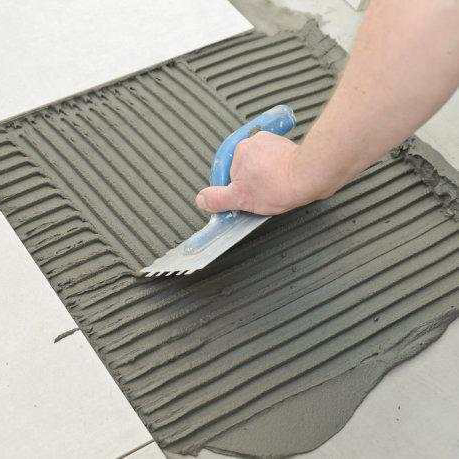
Technical Specifications and Performance Parameters
The efficacy of HPMC for tile adhesive is determined by a suite of technical parameters. Our TILE BONDING ADDITIVES are meticulously manufactured to strict specifications, ensuring consistent high performance.
Key Product Specifications:
| Parameter | Typical Value (TILE BONDING ADDITIVES) | Test Method / Standard |
|---|---|---|
| Viscosity (2% solution, 20°C, NDJ-1 rotary viscometer) | 40,000 - 80,000 mPa·s | ISO 787-10 |
| Particle Size (passing 80 mesh) | ≥ 98% | ISO 787-7 |
| Moisture Content | ≤ 5% | ASTM D2818 |
| Ash Content | ≤ 5% | ISO 351 |
| pH (1% solution) | 6.0 - 8.0 | ISO 787-9 |
| Water Retention Rate (Cement mortar, 1.5% dosage) | ≥ 95% | EN 12004-2 |
Performance in Tile Adhesives (with 0.3% HPMC dosage):
| Performance Metric | Typical Value | Standard |
|---|---|---|
| Initial Tensile Adhesion Strength (28 days) | ≥ 1.0 N/mm² | EN 1348 |
| Tensile Adhesion Strength after Heat Aging | ≥ 1.0 N/mm² | EN 1348 |
| Open Time (20 min) | ≥ 0.5 N/mm² | EN 1346 |
| Slip Resistance (Vertical application) | ≤ 0.5 mm | EN 1308 |
These parameters underscore our commitment to delivering a high-quality hpmc tile adhesive additive that exceeds industry benchmarks. Our internal testing protocols consistently verify these specifications, providing our clients with reliable and authoritative data.
Application Scenarios and Technical Advantages
The versatility of HPMC for tile adhesive makes it suitable for a broad spectrum of construction applications, from residential projects to large-scale commercial and industrial facilities. Its technical advantages translate directly into enhanced project outcomes and cost efficiencies.
- Improved Water Retention: HPMC effectively retains water in the mortar, preventing premature drying and ensuring proper cement hydration. This is crucial for optimal strength development and bonding, especially in hot or windy conditions. It also extends the open time, crucial for tiling large areas.
- Enhanced Workability and Rheology: As a superior mortar bonding agent, HPMC acts as a thickener and rheology modifier, providing the adhesive with excellent thixotropy. This allows the mortar to be easily spread and adjusted, yet prevents sagging on vertical surfaces, even with heavy tiles.
- Superior Adhesion Strength: HPMC contributes to a stronger bond between the tile and the substrate by forming a film that improves surface contact and reduces shrinkage. This is vital for long-term tile integrity, preventing common failures like delamination.
- Reduced Slip: For wall tiling and large-format tiles, slip resistance is a critical safety and performance factor. HPMC significantly reduces tile slippage, ensuring tiles remain in their intended position during curing.
- Crack Resistance: By improving the elasticity and flexibility of the dried mortar, HPMC helps mitigate the formation of cracks caused by substrate movement or thermal expansion/contraction.
- Freeze-Thaw Stability: In regions with harsh climates, HPMC improves the freeze-thaw resistance of tile adhesives, making them suitable for outdoor applications and ensuring their longevity.
These advantages are instrumental in projects requiring robust and reliable tile installations, such as high-traffic commercial spaces, industrial floors, swimming pools, and exterior facades. The TILE BONDING ADDITIVES ensure that the hpmc tile adhesive performs optimally under challenging conditions, delivering peace of mind and reducing maintenance costs over the service life of the structure.
Vendor Comparison and Customized Solutions
Selecting the right supplier for HPMC for tile adhesive is critical. While many suppliers offer HPMC, not all products are created equal. Our commitment to quality, technical expertise, and customer-centric solutions sets us apart.
Vendor Comparison: Key Differentiators
| Feature | Our TILE BONDING ADDITIVES (CNJZ Chemical) | Typical Competitor |
|---|---|---|
| Consistency in Viscosity & Quality | Excellent (Strict ISO 9001, Batch-to-Batch Stability) | Variable (Less stringent Q/C, wider spec ranges) |
| Water Retention Rate | High (≥95% in mortar, per EN 12004-2) | Moderate (Often <90% leading to faster drying) |
| Open Time Extension | Significant (≥ 20 min @ 0.5 N/mm²) | Limited (Often < 15 min) |
| Slip Resistance (Thixotropy) | Superior (≤ 0.5 mm slip) | Average (Potentially higher slip, requires more re-positioning) |
| Technical Support & Customization | Extensive (Dedicated R&D, application engineers, tailored solutions) | Limited (Standard products only, minimal application support) |
| Certifications | ISO 9001, REACH compliance | Varies, often less comprehensive |
Customized Solutions for Specialized Applications
Recognizing that no two construction projects are identical, we offer customized hpmc for tile adhesive solutions. Our R&D team works closely with clients to develop formulations that precisely match specific performance requirements, such as:
- High-Temperature Resistance: For areas exposed to extreme heat or specialized industrial applications.
- Enhanced Flexibility: For substrates prone to movement or use with large, heavy tiles.
- Fast-Setting Formulations: For projects with tight deadlines, optimizing early strength development.
- Specialized Rheology: For sprayable mortars or specific application techniques.
Our technical support engineers have decades of collective experience in cellulose ether chemistry and construction applications. We engage in a collaborative process, starting with detailed requirements analysis, laboratory testing, and pilot production, ensuring the customized mortar bonding agent meets all performance criteria before full-scale deployment.
Application Case Studies: Real-World Performance
Our TILE BONDING ADDITIVES have been successfully implemented in numerous challenging projects globally, demonstrating superior performance and reliability. Here are a few examples showcasing the efficacy of HPMC for tile adhesive in diverse settings:
Case Study 1: High-Rise Residential Tower, Metropolis City
- Challenge: Installation of large-format porcelain tiles (60x120 cm) on vertical walls in over 500 apartment units. The project required high slip resistance and extended open time to accommodate precise alignment and rapid progress.
- Solution: A customized tile adhesive formulation incorporating our high-viscosity hpmc tile adhesive additive (optimized for thixotropy) was selected. This allowed for secure vertical adhesion without sagging, even with the heavy tiles.
- Result: The project was completed ahead of schedule, with minimal tile slippage (less than 0.3mm observed), superior bond strength, and excellent aesthetic consistency across all units. The contractor reported significant labor savings due to improved workability.
Case Study 2: Industrial Food Processing Plant, Coastal Region
- Challenge: Tiling floors in a food processing area requiring exceptional water resistance, chemical stability, and rapid curing to minimize downtime. The humid coastal climate also presented challenges for mortar drying.
- Solution: We provided a specialty HPMC grade with enhanced water retention and rheological properties, combined with other polymers to form a robust, waterproof mortar bonding agent.
- Result: The tile adhesive exhibited excellent adhesion under constant moisture exposure and resisted common cleaning agents. The improved water retention properties of the HPMC facilitated proper curing even in high humidity, ensuring a durable and hygienic flooring solution that has performed flawlessly for over five years.
Case Study 3: Outdoor Public Plaza Renovation, Mountainous Region
- Challenge: Installing natural stone tiles in an outdoor plaza exposed to severe freeze-thaw cycles and significant temperature fluctuations. The adhesive needed exceptional flexibility and durability.
- Solution: A high-performance hpmc for tile adhesive formulation was developed, enhancing the adhesive's freeze-thaw resistance and reducing internal stresses due to thermal expansion/contraction of the stone.
- Result: Post-installation, the tile work has shown no signs of cracking, spalling, or delamination, even after multiple harsh winters. The enhanced durability provided by our HPMC ensured the longevity and aesthetic integrity of the public space.
Ensuring Trustworthiness: FAQ, Lead Time, Warranty, and Support
At CNJZ Chemical, we believe that trust is built on transparency, reliability, and unwavering support. Our commitment extends beyond delivering high-quality HPMC for tile adhesive to providing comprehensive customer service.
Frequently Asked Questions (FAQ)
Q: What is the optimal dosage of HPMC in tile adhesives?
A: The optimal dosage of HPMC for tile adhesive typically ranges from 0.2% to 0.6% by weight of the dry mortar mix, depending on the desired viscosity, water retention, and specific application requirements. Our technical team can assist in determining the ideal dosage for your formulation.
Q: Can your HPMC be used with different cement types and aggregates?
A: Yes, our TILE BONDING ADDITIVES are compatible with various cement types (e.g., OPC, SRC) and a wide range of aggregates (e.g., sand, quartz). Our formulation experts can provide guidance on compatibility and performance optimization.
Q: What is the shelf life of your HPMC products?
A: When stored in original, unopened packaging in a cool, dry place, our HPMC products typically have a shelf life of 24 months from the manufacturing date. Proper storage is crucial to maintain product integrity and ensure optimal performance as a mortar bonding agent.
Q: Are your products certified for quality and environmental standards?
A: Absolutely. Our manufacturing facilities are ISO 9001 certified, ensuring stringent quality management systems. Our products also comply with relevant international chemical registration and safety standards such as REACH.
Lead Time and Fulfillment Details
We maintain efficient production schedules and robust logistics to ensure timely delivery. Standard lead time for common grades of hpmc tile adhesive is typically 10-15 business days for bulk orders, depending on destination and current stock levels. For customized solutions, lead times will be determined on a project-specific basis, considering development and testing phases. We offer flexible packaging options and global shipping capabilities to meet diverse client needs.
Warranty Commitments
CNJZ Chemical warrants that its TILE BONDING ADDITIVES conform to the specifications published in our technical data sheets. Our products are manufactured under strict quality control measures to ensure consistency and performance. In the unlikely event of a product not meeting its stated specifications, we are committed to promptly investigating and addressing the issue in accordance with our standard terms and conditions.
Customer Support and Technical Assistance
Our dedicated customer support team and experienced technical service engineers are available to provide comprehensive assistance, from product selection and application guidance to troubleshooting and formulation optimization. We offer:
- Expert Consultation: Tailored advice on integrating HPMC into existing or new tile adhesive formulations.
- Application Testing: Laboratory support to evaluate product performance in client-specific mortar matrices.
- On-site Support: For complex projects or initial trials, our engineers can provide on-site technical assistance.
- Documentation: Comprehensive safety data sheets (SDS), technical data sheets (TDS), and certification documents.
We are committed to being a reliable partner in your success, offering not just a product, but a complete solution supported by expertise and integrity.
References
- ASTM International. (2021). ASTM D2818 - Standard Test Method for Water Retention of Fibers. Retrieved from www.astm.org
- European Committee for Standardization. (2017). EN 12004-2: Adhesives for tiles - Part 2: Test methods. Brussels, Belgium: CEN.
- International Organization for Standardization. (2015). ISO 9001:2015 - Quality management systems — Requirements. Retrieved from www.iso.org
- Wang, J., & Shi, C. (2019). Influence of cellulose ethers on the performance of cement-based materials. Journal of Building Materials, 22(1), 1-8.
- Zhu, H., & Chen, G. (2020). Rheological properties of HPMC modified cement mortars. Construction and Building Materials, 258, 119565.
-
HPMC for Tile Adhesive: Superior Bonding & Workability
BeritaAug.30,2025
-
Premium Cellulose Ether: Effective Liquid Thickener Solutions
BeritaAug.29,2025
-
HPMC for Tile Adhesive: Enhanced Bonding & Workability
BeritaAug.28,2025
-
tile-bonding-additives-for-stronger-bonds
BeritaAug.22,2025
-
construction-grade-rdp-for-wholesale-needs
BeritaAug.22,2025
-
trusted-hec-supplier
BeritaAug.22,2025

